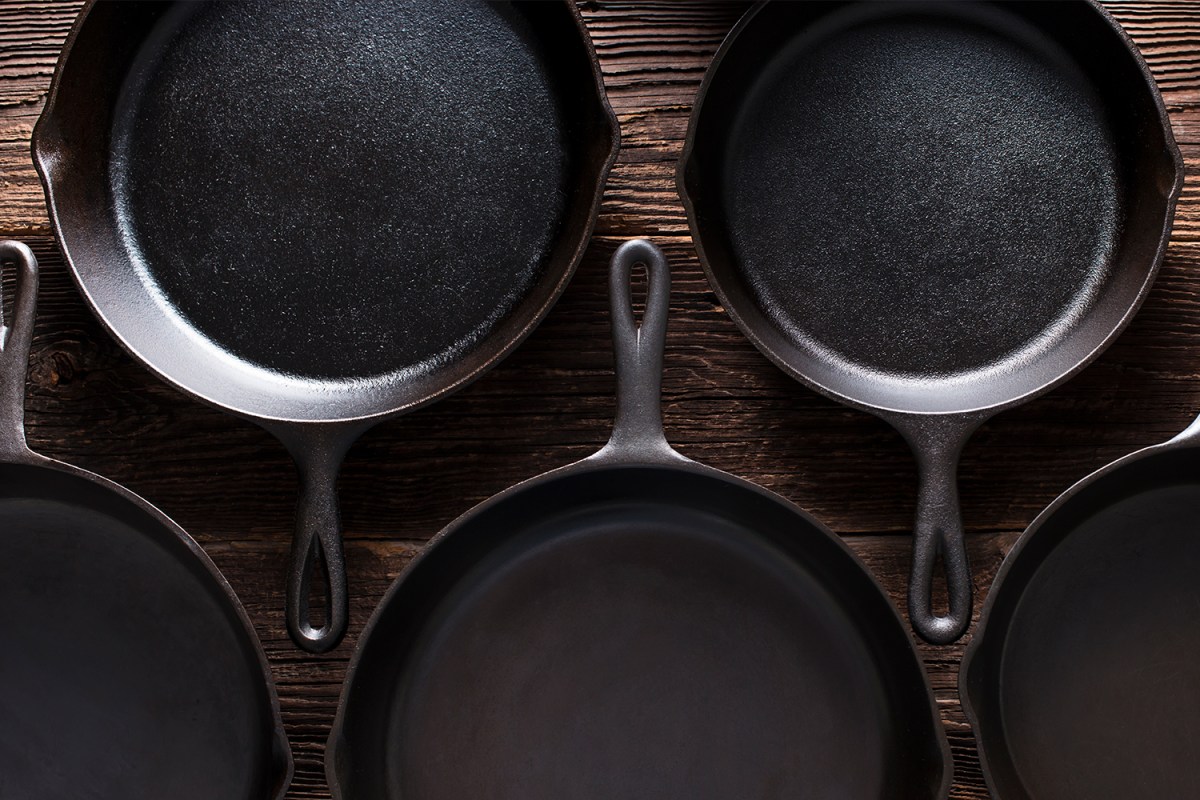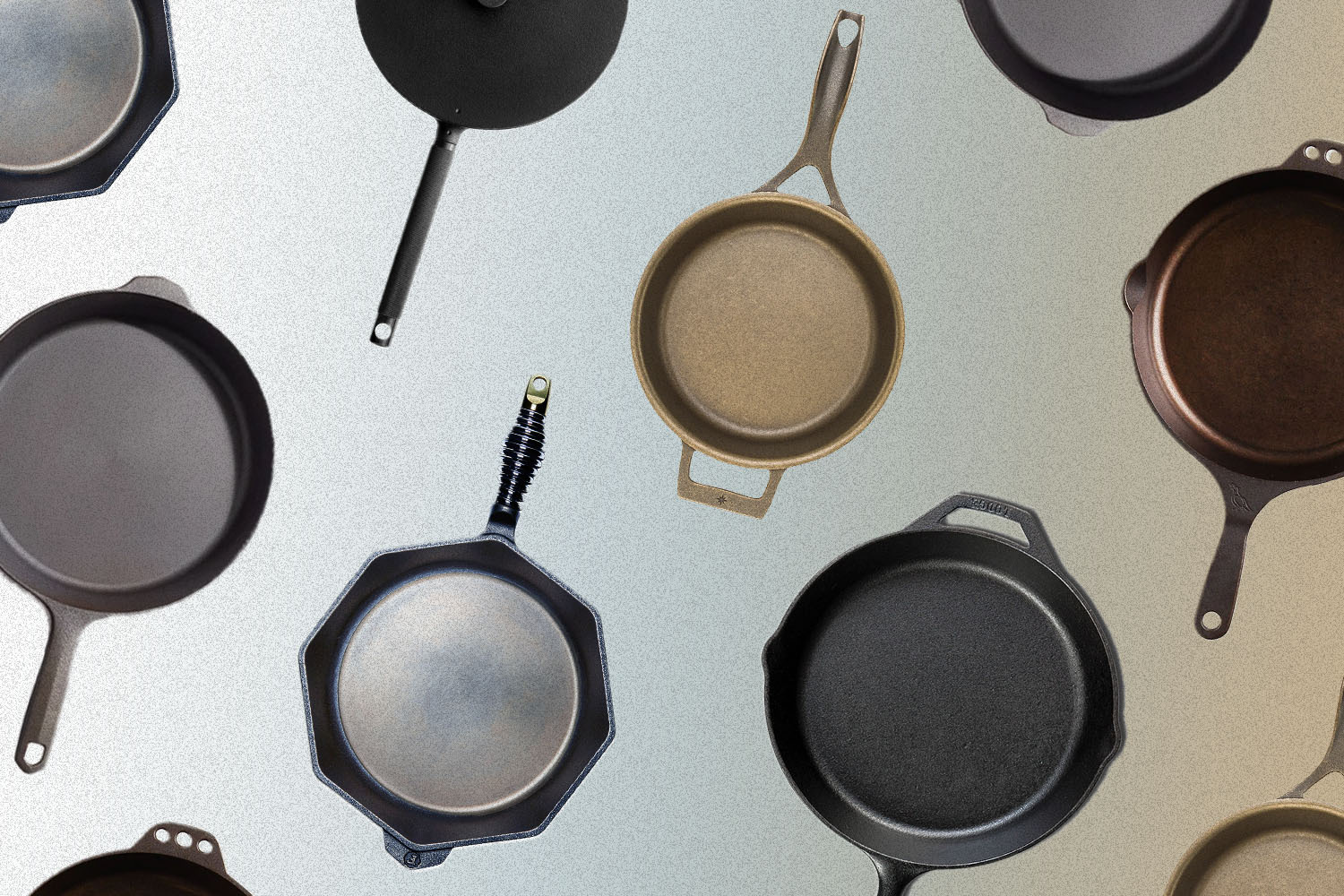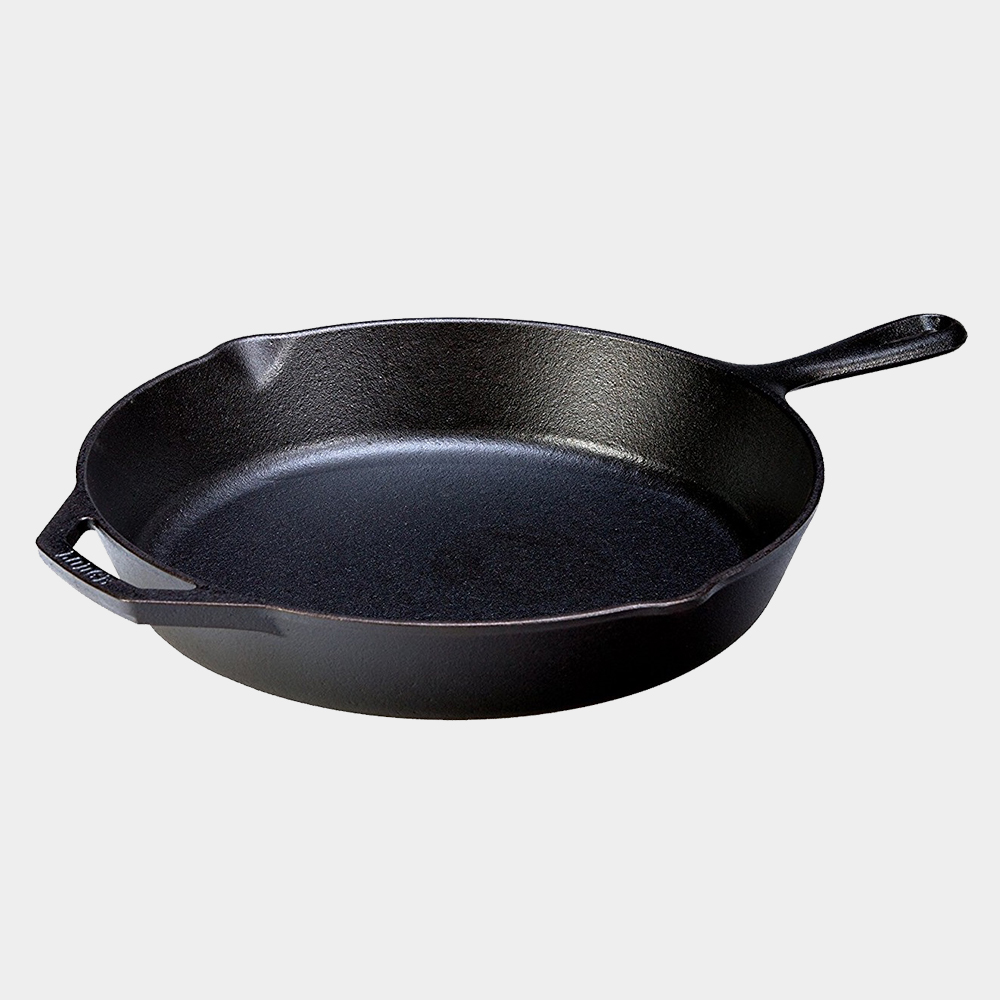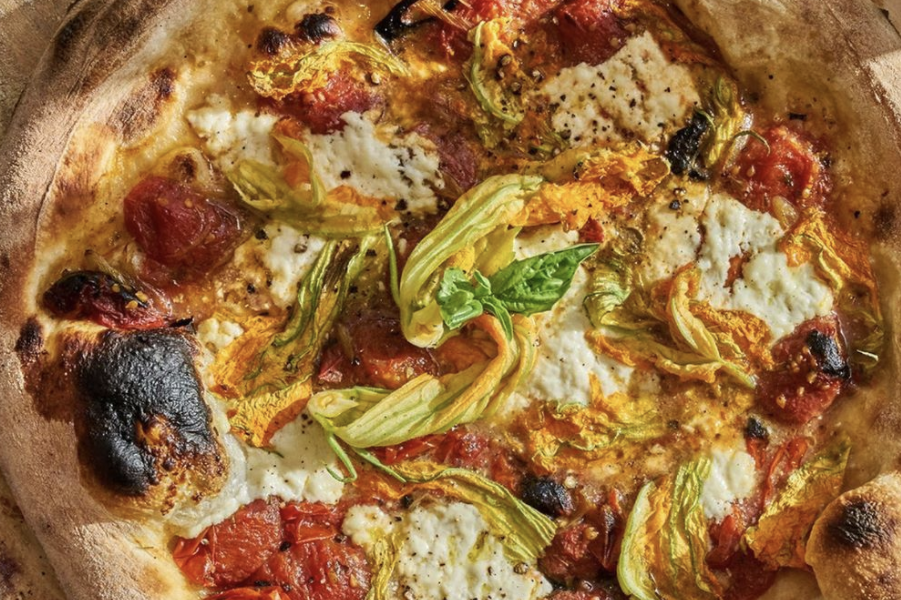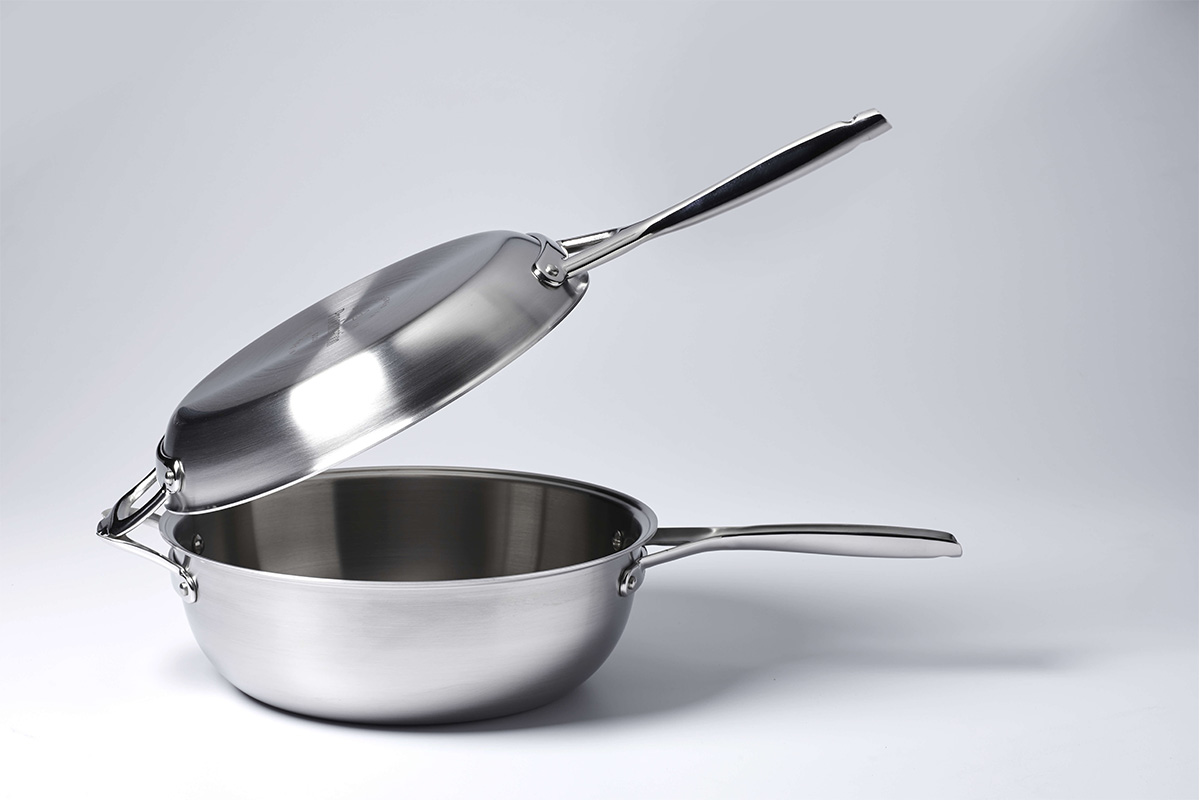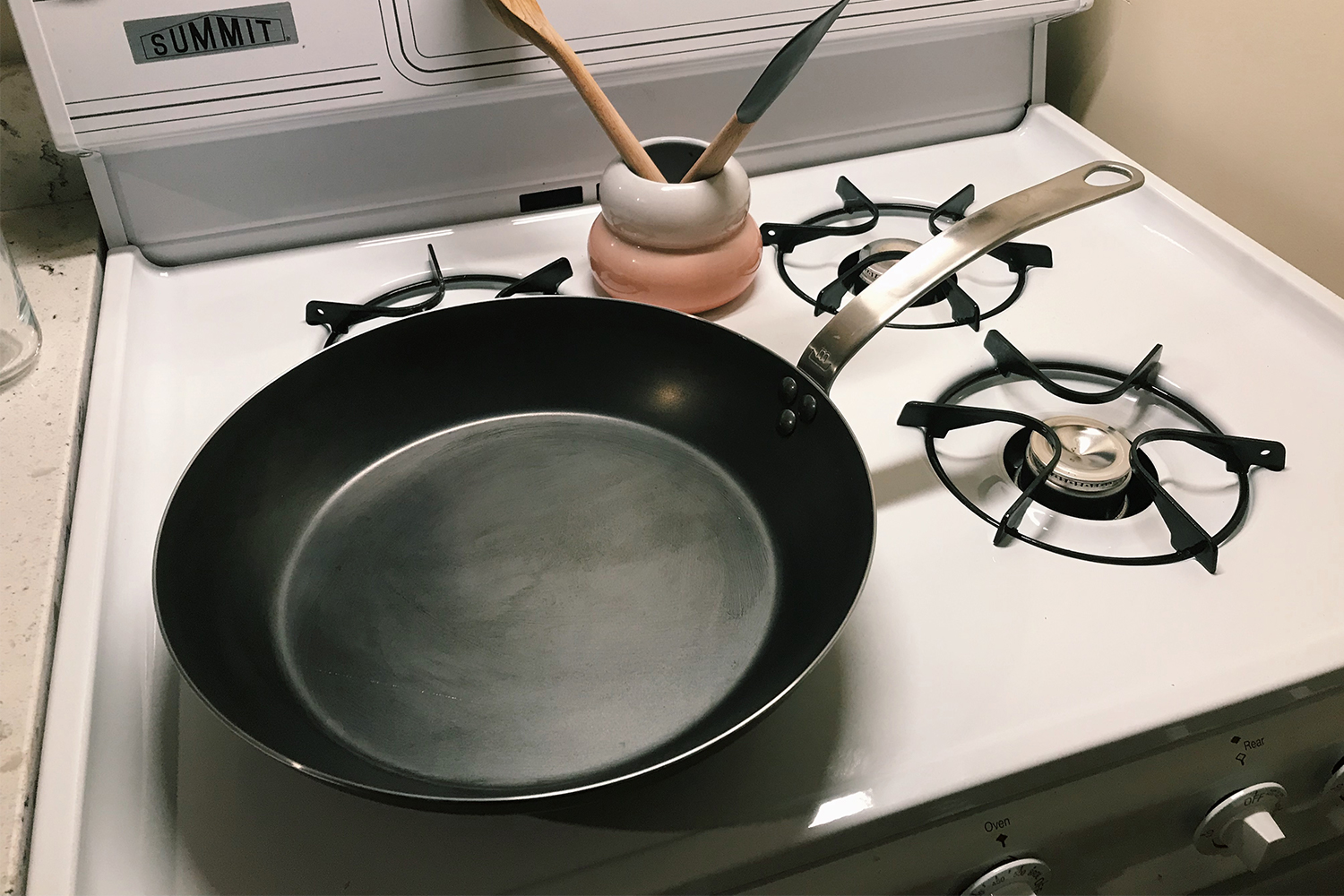Are you in the market for some new cookware and considering a cast-iron skillet? If you don’t know the benefits of the material, you at least know the cons. If you’re buying Lodge or other mass-produced pieces they can be affordable, but they get expensive if you’re buying a boutique brand, and either way you go they’re super heavy, hard to clean and a pain to maintain.
At least, that’s the narrative that seems to have taken hold on the internet in this day and age — and it’s simply not correct. Even as cast iron brands have proliferated in the last couple decades, misconceptions about the cleaning, seasoning, maintenance and simple use of the heritage cookware abound. So we dialed up Will Copenhaver, vice president of sales and marketing at Smithey Ironware Company, one of our favorite newer cast iron purveyors, to offer up some dos and don’ts, as well as clear up some of the most common fallacies.
To illustrate where we went wrong with our collective perception of cast iron, Copenhaver takes a page out of the history books — literally.
“I was reading in The Grapes of Wrath [how] Ma Joad carried a cast-iron skillet across the Dust Bowl. You think of the pioneers going across the Plains, if they had a cast-iron skillet they weren’t worried about using special techniques to clean it or the right type of salt to scrub it. They would throw it in a creek,” he tells InsideHook. “It’s incredibly durable cookware. I think it’s almost ironic that cast iron has gotten this perception as being very hard to maintain because it is truthfully one of the easiest things you can own.”
We’re not recommending you wash your skillet in your local creek, but we do think it’s time to recalibrate how we judge our kitchen equipment, both cast iron and the more modern pieces that replaced it in American households. To do that, we’ve outlined some commonly held beliefs about the material, and where people have been steered wrong.
Cleaning Cast Iron
Misconception: Never use soap
Copenhaver will admit that the two things you should never do with your cast-iron cookware is put it in the dishwasher and let it soak in water overnight. (And I’ll add that you should never put a hot cast-iron pan into cold water.) But soap? “I think that specifically is a misconception — that you can never have a drop of soap touch a cast-iron skillet,” he says. “You can!” You don’t always need it — most of the time you just need warm water and a sponge, a rag or even a brush with some nice bristles — but if you need a little dish soap to clear off the food, that’s fine as long as you wash it out.
Misconception: You need to salt scrub your skillet
Some of the top videos on YouTube recommend dumping in a quarter cup of salt with water to scrub out your pan after every use. Others recommend using a chain-mail scrubber. These are nice, and they can help especially if you’re trying to bring an old rusted Griswold pan back to life. But for our purposes — that is, for new pans — they’re not necessary.
Seasoning Cast Iron
Misconception: Food sticks to cast iron
Beware of any reviews of cast iron that judge a pan based on how nonstick it is out of the box. Yes, some skillets are better than others from the get-go, but the whole point is that cast iron gets better over time; it is by nature not something you can review accurately after just a handful of uses. I’ve used mass-produced and handcrafted skillets, and both have needed lots of cooking time before they lived up to the lore, but they eventually did.
Misconception: You only build up seasoning after you cook
“Seasoning is oil or fat and heat. That’s all it is,” explains Copenhaver. “The best way to maintain it is to use it.” Yes, while seasoning a pan after you’ve cleaned it and dried it is important when you first buy a pan [more on that below], the most important thing is to cook with fats and oils and build up seasoning that way.
Misconception: You need to season your skillet after every use
“The more I use it, the less I intentionally season it,” he says, “because the cooking becomes the seasoning.” Eventually, you can get to a place where you wipe down your clean, dry pan with a thin layer of oil every few weeks or even once a month. But when you first buy your skillet, here’s Copenhaver’s technique for getting to that nonstick ideal: Once the pan is dry, apply a thin layer of oil to the entire pan (including sides and bottom). He likes grapeseed, others like flaxseed, but any vegetable oil with a higher smoke point is fine (olive oil is not ideal, though I have used it). Wipe with a paper towel or rag until the oil is gone. Put the pan on the stovetop, crank up the heat, turn on the fan and get it to where it’s smoking. Once the cooking surface is dark, turn off the heat and let the skillet cool before putting away. Voila: Seasoning.
How to Use Cast Iron
Misconception: Meat is the best food to cook on cast iron
You’ve heard that cast iron holds heat well, that it sears meat well, and while that may be true, that shouldn’t be your first meal. “People tend to default to bacon,” he says. “But bacon can be sticky and if you throw bacon in a cold cast-iron skillet and it’s the first thing you cook … you’re going to pull some of the seasoning off.” For the first few meals, he suggests something where you’re spreading oils and fats around the skillet, like sauteed onions and mushrooms. “That’s going to turbocharge your seasoning.”
Misconception: Cast iron is more expensive than nonstick pans
“So much cookware became disposable for no reason,” laments Copenhaver, who previously worked at Le Creuset for years, so he knows what he’s talking about. Are nonstick pans affordable? Sure, at the beginning, but you also need to throw them out often; not only does that create unnecessary waste, but over the long haul it will most likely rack up a larger bill than the one cast-iron pan that can last an entire lifetime. Plus, nonstick pans can’t handle the same temperatures as cast iron, they can’t go from stovetop to oven to campfire, and they’re finicky in the cleaning department too — many people are probably using soaps and scrub brushes that are too abrasive, leading to faster deterioration of the nonstick coating. (How many people talk about that?)
“[Cast iron] lasts forever, so you’re doing something good,” he says, “and that’s the big thing I try to reinforce with people.”
Cast-Iron Pans We Recommend
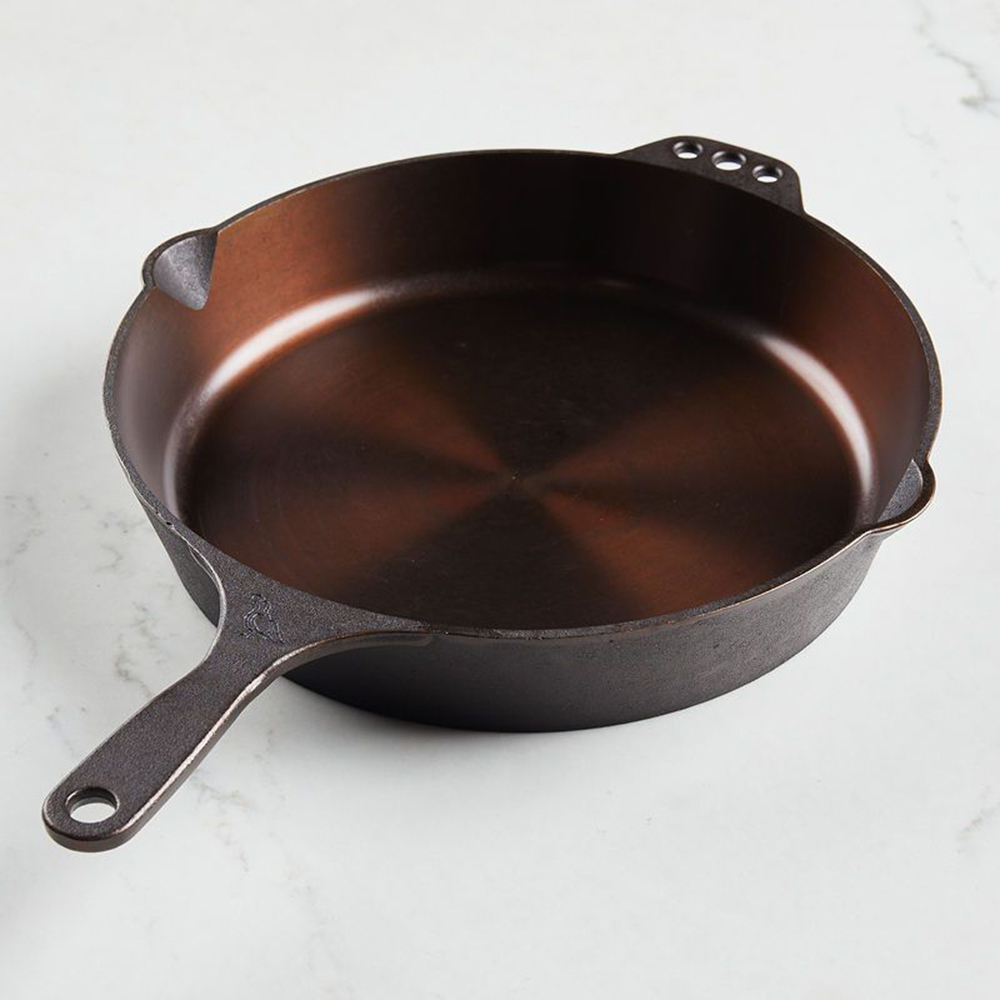
Smithey No. 12 Skillet
An heirloom-worthy pan that actually delivers a nonstick cooking experience right out of the box.
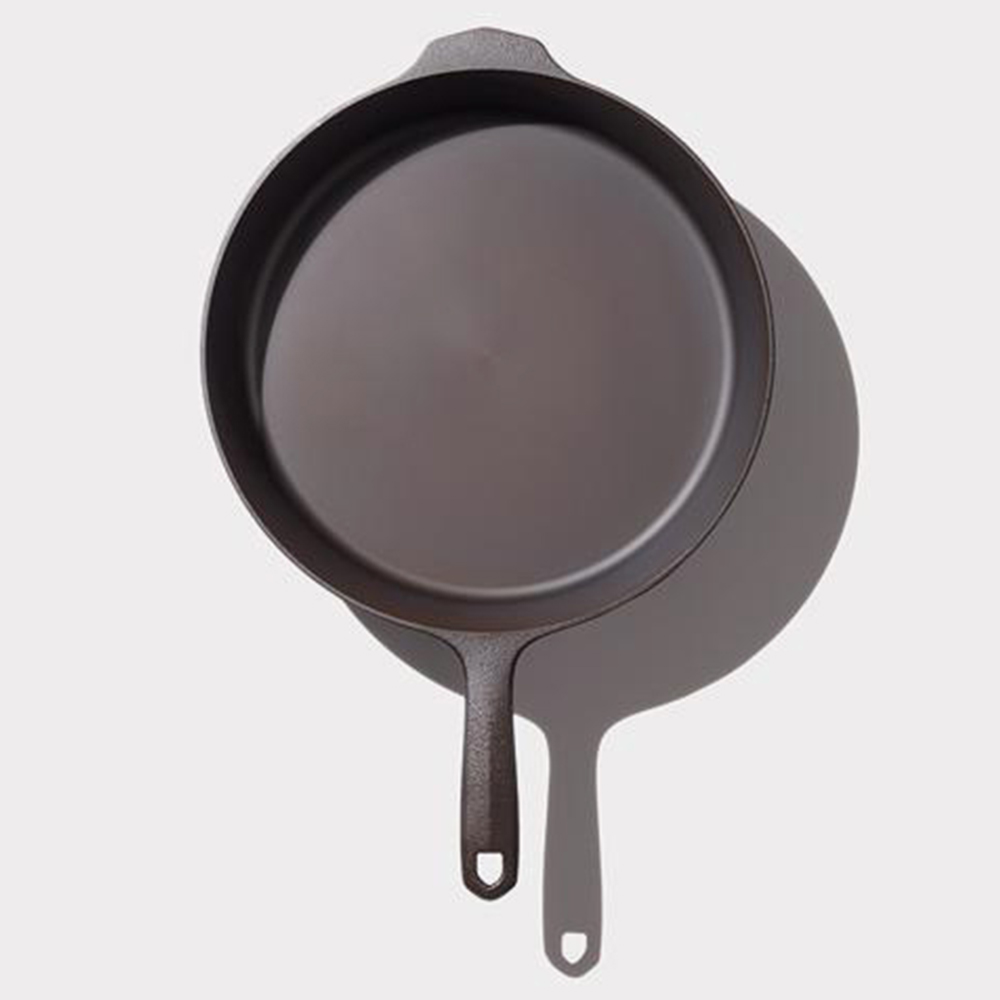
Field Company #10 Skillet
If cast iron is normally too heavy for you, try one from Field Company, specifically designed to be lighter.
Nota bene: If you buy through the links in this article, InsideHook may earn a small share of the profits.
Join America's Fastest Growing Spirits Newsletter THE SPILL. Unlock all the reviews, recipes and revelry — and get 15% off award-winning La Tierra de Acre Mezcal.
